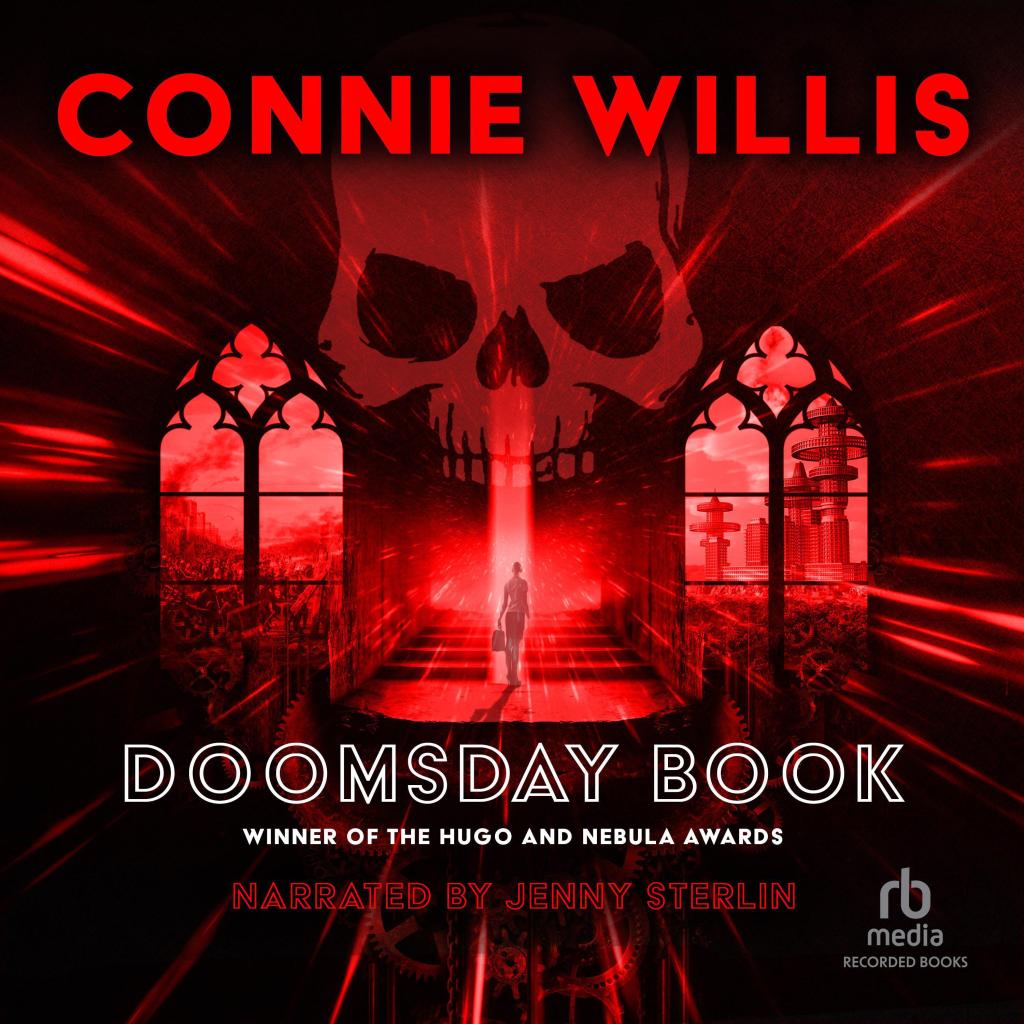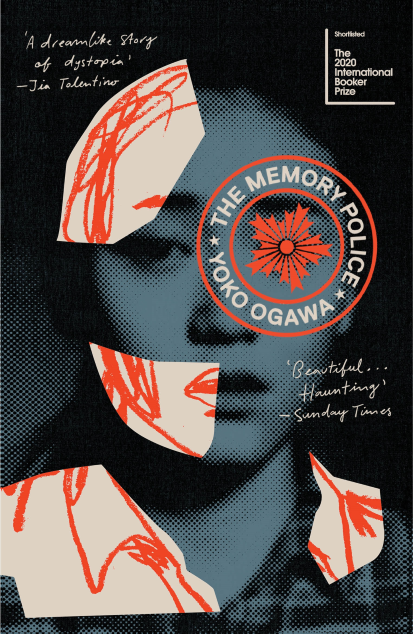
Doomsday Book (1992) is an award winning SF work by a (female) US author, which is mostly a stock standard Oxford University don adventure story/Hist.Fic, which Melanie/Grab the Lapels and I agreed to read together and review in the first week in May [Since I wrote that, Melanie has pulled out. We are struggling to find books we both like].
The SF bit is that it is set in the future (the 2050s) and that ‘historians’ have access to software which will transport them into the past (and hopefully bring them back).
The uncanny bit, given when it was published, is that there is an outbreak of a fatal influenza virus centred on Oxford which causes the government to immediately contain Oxford within hard borders – which works, given that the virus doesn’t break out – but mask wearing is pretty laissez faire, and within the hard border the virus spreads alarmingly. As we experienced/continue to experience with Covid-19, doctors and hospitals are overrun.
The Hist.Fic section, which feels like the majority of the novel, is life in a C14th village 30 or 40 kms outside Oxford. I’m not sure about the name (of the book). The original Doomsday Book was the record of a survey of all the shires undertaken in 1085. Kivrin, the young female historian who takes a trip back to just before Christmas 1320, has access to descriptions of all the villages she might land amongst, including an archeological dig taking place outside Oxford in the ‘present day’, and also makes a record of her own – speaking as though praying, to a recorder which looks like a bone spur (in case she dies, is unable to return).
As usual, I am reviewing an audiobook from imperfect memory, supplemented by Wikipedia, weeks later and with many other books in between. But this is my overview. Once Kivrin has been transported we switch backwards and forwards between the parallel stories of Oxford in the 2050s and the same part of England in the 1300s, at the same time of the year, the days before and after Christmas, though, for no doubt historically accurate reasons, the calendars don’t line up, or at least the Christmas Days don’t.
Kivrin’s superior in the History Dept is Prof Gilchrist at Balliol, but her friend and mentor is Prof Dunworthy (from another College). The actual time transfer is done by Dunworthy’s tech, but from Balliol. Immediately after the transfer that tech gets seriously ill and is hospitalized in a coma. Gilchrist, who is a pompous ass, closes down the transfer site and it eventually appears, thereby loses all the data needed to return Kivrin to the ‘present’.
Dunworthy’s best friend is the doctor, Mary Ahrens, who is in charge of controlling the epedemic, whose outbreak coincides with Kivrin’s time travel. Her 12 year old great nephew, Colin, is travelling by train to spend christmas with her when the hard border is imposed, but he sneaks through it anyway. Dr Ahrens is naturally fully occupied, so she offloads Colin onto Dunworthy, and he spends the whole course of the novel doing boyish adventurous things in that old Enid Blyton spirit. As Dunworthy does in a more John Buchan-ish way.
Kivrin’s landing date, 1320, has been chosen to avoid the Black Death, which arrived in England in the 1340s, and she has anyway been fully vaccinated and pumped full of anti-virals. On arrival though, she, like the tech, is seriously ill. She is found in the woods and taken to a (pretty rough) manor house some miles away. Which means she has only a vague idea of her landing point, to which she must return on a given date if she is to be recovered to the 2050s.
She is accepted into the household as a lady with amnesia who has been set upon by brigands, and, when she has recovered, takes a role of something like governess. From there, the bulk of the novel is to do with her discovering where and when she is, and her growing relationship with the family – all women, the men have been detained in Bath for a lawsuit, but also for other reasons which slowly become clear – and with the primitive village priest.
Dunworthy meanwhile must defeat Gilchrist’s obstruction in order to effect Kivrin’s recovery; must keep his college, which has been filled with refugees, including a party of stranded American bell ringers, fed and happy; must of course deal with the epidemic gaining strength around him, and with the strong rumour that it was caused by ‘leakage’ from Kivrin’s time-travel.
There is another strand to do with an American grad student who has the ‘dig’ excavating the village and church which was Kivrin’s objective, and who begins to look in the churchyard for Kivrin’s skeleton (and the tell-tale bone spur).
And like all good Oxford don adventures, it all ties together in a satisfactory, intellectually stimulating, and entirely non-sexual way. Warmly recommended.
My reaction though, was that I had had enough of well-written, character-driven women’s SF (thinking also of Margaret Piercy’s Woman on the Edge of Time) and so I immersed myself for a satisfying 18 hours in the ‘straight’ (ie. boys’) SF Zero Point by Neil Asher; with a wicked, Stalinist Earth Government seeking to gain control of a space station whose ‘owner’ has expanded his mind throughout the ship; and a rebel base on Mars. It felt like home!
.
Connie Willis, Doomsday Book, 1992. Audible version, 2008, read by Jenny Sterlin. 26 hours

